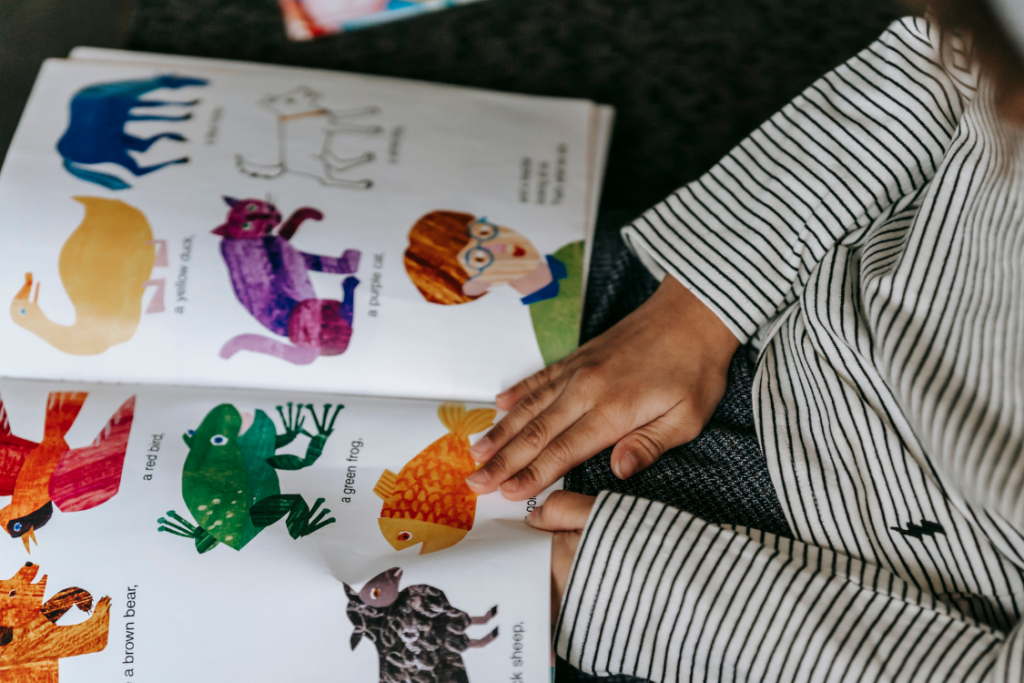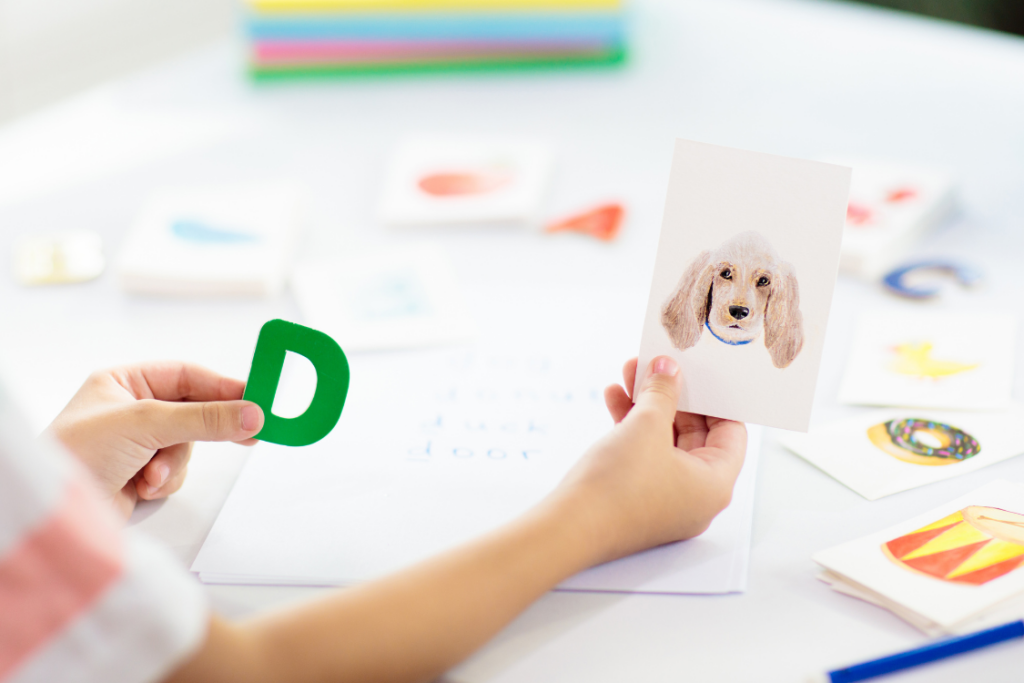Reading Comprehension Strategies: Building on Phonics Foundations
Ever watched your child perfectly sound out every word in a story, only to have them stare blankly when you ask what the story was about? You’re not alone. This…
Whether you’re a teacher, family member, tutor, or childcare professional, you can have a positive impact on a child’s life. One of the most extraordinary gifts a child ever receives is the ability to read and write.
Although literacy doesn’t come naturally to humans, it’s an essential part of our everyday lives. Explicit, effective, and encouraging phonics instruction is vital to creating a more literate world. Explore the trusted resources, articles, and reviews from phonics.org to instill a love of learning in someone you care about.

Teaching phonics effectively means reaching every student in your classroom, regardless of their reading...

If you’ve ever heard someone say, “I’m a visual learner” or “My child learns...

If your child’s occupational therapist has suggested they can help with reading challenges, you...

As educators, supporting students with dyslexia requires a deep understanding of evidence-based phonics instruction....

Teaching phonics to young children can be both fun and effective when you incorporate...

The Dog Man series by Dav Pilkey has captured the imagination of young readers...

Just as children progress through stages when learning to walk and talk, they also...

The relationship between reading and writing instruction has undergone a significant transformation in American...

Learning to read and write are two sides of the same coin. While many...

Understanding phonics milestones by age helps parents and educators effectively support children’s literacy development....
Ever watched your child perfectly sound out every word in a story, only to have them stare blankly when you ask what the story was about? You’re not alone. This…
Learning to read is one of the most significant milestones in a child’s early development. Behind every confident reader is a foundation of strong phonics skills—the ability to connect letters…
Ever watched a young reader encounter a long, unfamiliar word? They might stare at it, attempt to sound it out letter by letter, or simply skip it entirely. What if…
Ever watched a child’s face light up when they finally understand a story that previously seemed like an impossible code to crack? That’s the magic text-to-speech technology can bring to…
Ever watched a child laboriously sound out each letter as they attempt to spell a word on paper? That concentrated look—tongue slightly protruding, pencil gripped tightly—represents an incredible cognitive feat.…
If you’re a parent of a child struggling with reading skills, you’ve likely found yourself standing at a crossroads. In one direction lies the familiar path of traditional phonics instruction—print…
David Shannon’s vibrant picture book “A Bad Case of Stripes,” tells the whimsical story of Camilla Cream, a young girl who cares too much about what others think. Her anxiety…
Teaching sound segmentation doesn’t require expensive materials or formal training—just enthusiasm and consistency! The key is to make these activities part of your daily routine and to keep them playful…
Does learning to read in one language help children learn to read in another? The answer is yes! Research shows that many reading skills can transfer between languages, a process…
Every classroom contains a unique tapestry of learners, each bringing their own strengths, challenges, and experiences to the process of learning to read. As educators, we must ensure that systematic…